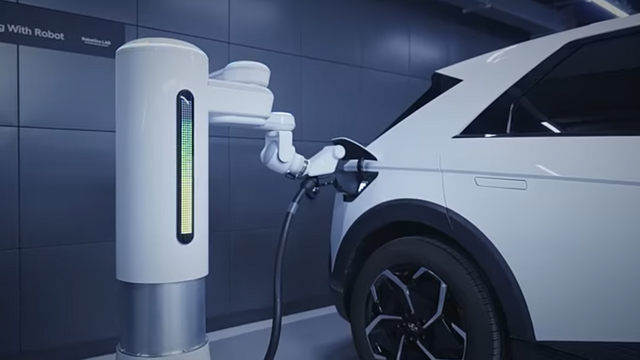The first electric vehicle charging robot
The first electric vehicle charging robot

In the real world.
The operation is simple but brilliant.
Follow my publications with the latest in artificial intelligence, robotics and technology.
If you like to read about science, health and how to improve your life with science, I invite you to go to the previous publications.
If you like to read about science, health and how to improve your life with science, I invite you to go to the previous publications.